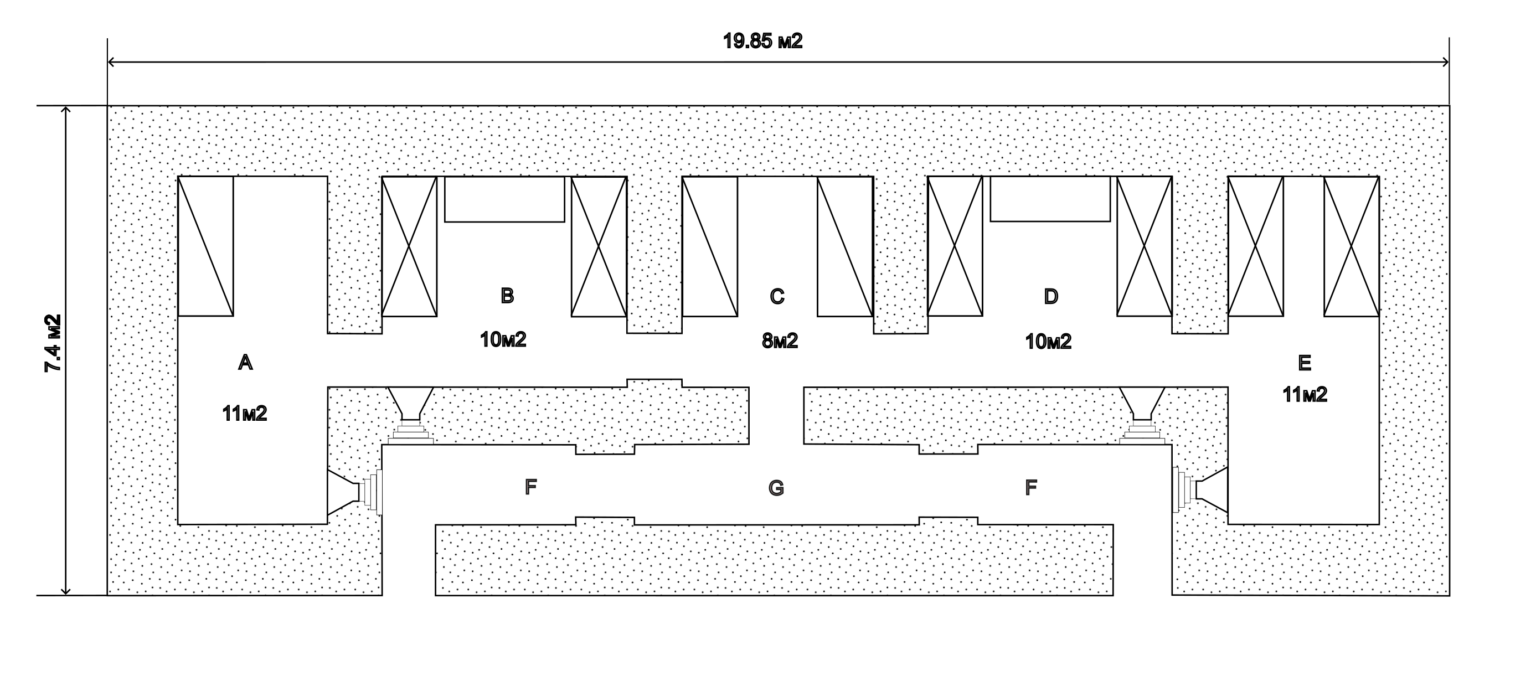
The command bunker, Regelbau 31 type, bearing tactical number 370, is located on Burgberg hill in the Hürtgenwald-Bergstein region. Built in 1938 as part of Nazi Germany’s extensive fortification system known as the Westwall (Siegfried Line), it occupied a strategically vital position in Regiment Sector No. 8.
The bunker was constructed as part of the “Limes” building program (1938/39), which included various reinforced concrete fortifications. Two bunkers were built on Burgberg – the command post Regelbau 31 (No. 370) and the infantry group shelter Regelbau 10a (No. 371). Both structures had “B old” classification, featuring walls and ceilings 1.5 meters thick.
360° view:
The Regelbau 31 bunker has a rectangular footprint of approximately 7.50 by 20.00 meters and comprises eight clearly defined rooms, designed to accommodate a crew of 32 men, each serving specific functions:

Galerie:
During the intense fighting in the autumn of 1944, known as the “All Souls’ Day Battle” (Allerseelenschlacht), the bunker played a critical role. The German command coordinated defensive measures, directed artillery strikes, and processed battle information from here. Despite its robust construction, the bunker could not offer direct resistance due to the absence of external combat positions.
After the fierce battles and subsequent Allied advances, Regelbau 31 was demolished and abandoned. Today, its ruins serve as a historical reminder of war’s devastation and the importance of preserving historical heritage.
Visiting the site is not recommended due to sharp metallic debris and injury risks. Should you still choose to visit, proceed with extreme caution and carry a flashlight.
I would greatly appreciate your feedback in the comments and would be delighted if you share this article with friends. Your support can help create a whole series of articles dedicated to bunkers and historic World War II sites.
Thank you for your attention, and see you soon!